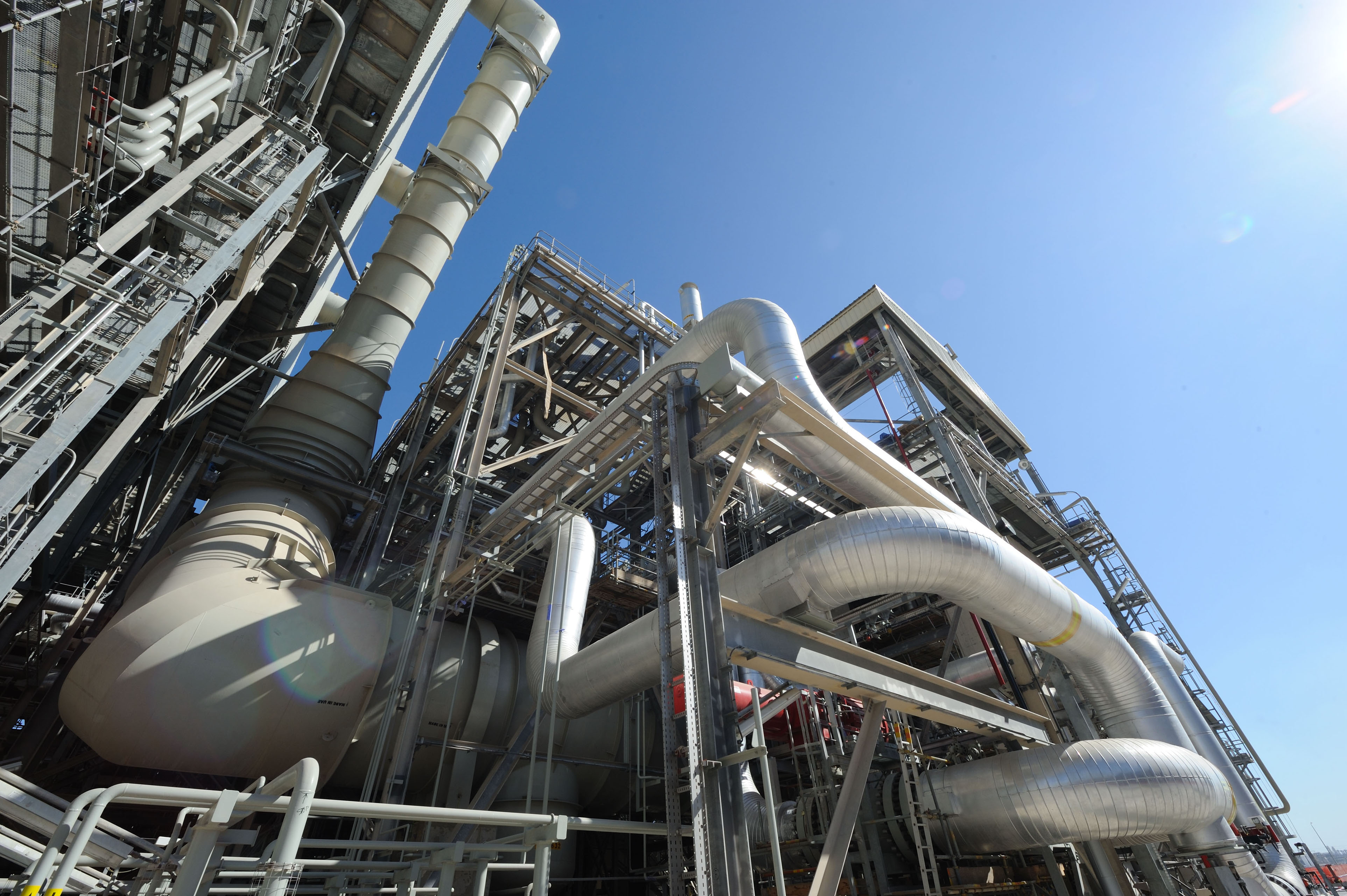LONDON – Lubricant demand has been essentially flat over the past 25 years, yet millions of tons of new annual base oil capacity has come to market since the year 2000. The rate of additions has far out-paced plant closings, creating surpluses that have ramped up competition and put some base oil suppliers in a precarious position, an analyst explained at the ICIS World Base Oils & Lubricants Conference held here.
In a Feb. 22 presentation themed adapting to a no-growth world, Kline & Co.s Vice President of Energy, Ian Moncrieff, explained that while world lubricant demand has nominally slipped since the year 2000, around 8 million tons of annual capacity has been tacked on to the global slate.
The deluge of base oil capacity additions are due in most part to changing requirements, he explained. The market is demanding more API Group II, III and IV grades, and less Group I. Thus, production of the latter is steadily shrinking.
Nearly 13 million t/y of Group I capacity has been wiped out so far this millennium, and around the same amount of Group II grades has been added in that time frame. More capacity for Group III, along with a comparatively minor amount of polyalphaolefins and rerefined oils, have come on stream as well during that time.
That trend is even more pronounced this decade. From 2010 through 2020, two barrels of [Group II, III, IV or V] base oil nameplate capacity will be added worldwide for every barrel of Group I capacity retirements, he said. The change has caused some oversupply in Group II and III categories, and some tightness in heavy neutral and bright stock availability. Bright stock comes almost exclusively from Group I plants, and Group I plants produce proportionately more of heavy grades than do Group II and III plants.
Yet more Group I units are set to shut. Nearly 150,000 barrels per day of Group I capacity could be decommissioned during this decade, and another 100,000 to 150,000 b/d is at-risk due to low margins by 2030, Moncrief said.
Additions of lighter material were nearly proportional to the reductions of heavier feedstock until 2018, which will see significant Group II-V additions and very few Group I closings. Given announcements and other indicators, its probable that 2019 will swing in the other direction, he noted. In 2020, the difference between additions and closings will equalize again at around 1.6 million t/y each way annually.
The changes have at least indirectly led to somewhat unstable cash margins, Moncrieff continued. As demand has stagnated and capacity additions have outpaced Group I shutdowns, utilization of effective calendar day capacity has declined and is unlikely to rebound quickly.
Kline found that competitive intensity grows as plant utilization declines, he noted. That leads to lower margins, with many Group I plants exposed under current market conditions. As capacity utilization declines, cash margins weaken. That effect that has impacted the market since 2012.
Now, more than 60 percent of the output of a typical European Group I plant destroys value, he added. Meanwhile, Group II plants add value across the product slate. Yet while Group II plants are profitable and consistently outperform Group I plants, in recent years they have failed to fully remunerate the required pre-tax margin to support new investment.
The same is not true when it comes to finished lubricant marketing. Profit margins and return on capital in lubricants marketing have far outperformed mainstream refining and base oil production, he continued, noting that unit profitability of leading lube marketers has generally trended upward in the past decade. Base oil production cash margins are substantially lower than those in finished lubricant marketing and are six times more volatile.
Oil majors and independent refiners alike are struggling to find attractive returns in their mainstream business, he went on. Yet some prominent base oil producers have not fully integrated into the finished lubricants business, making several of the biggest players net sellers and others net buyers. Saudi Aramco – through its three affiliates, S-Oil, Motiva and Luberef – and SK are by far the largest net sellers of base oil, to the tune of just over 3 million t/y and 2 million t/y, respectively. On the inverse sphere, Shell and BP procure those same amounts of base oils as the respective top two net buyers.
Moncrieff concluded by suggesting that the base oils and lubricants industry cannot depend on future volume growth, except in select geographies or segment niches, and noted that new base oil capacity should be added only in shielded markets, or where direct retirement offsets are available. He added that base oil suppliers with excess capacity might enhance security and reduce margin volatility through integration into finished lubricants markets.
Photo Courtesy of Shell and Qatar Petroleum
